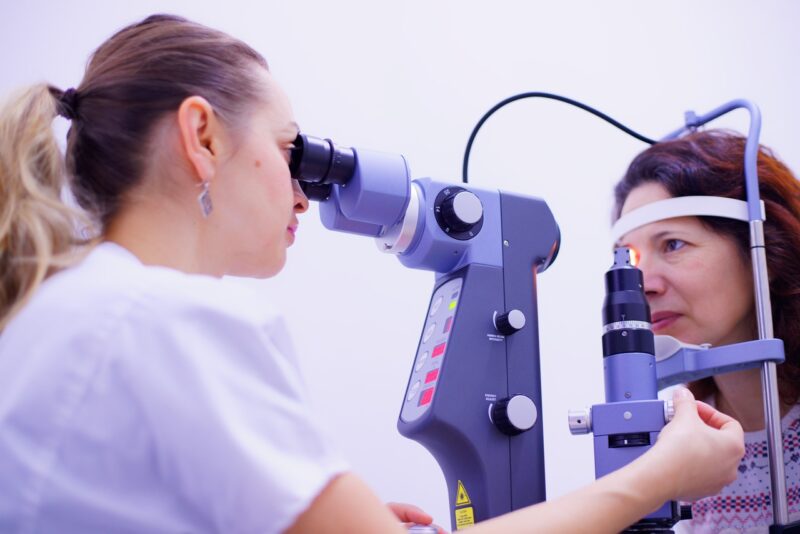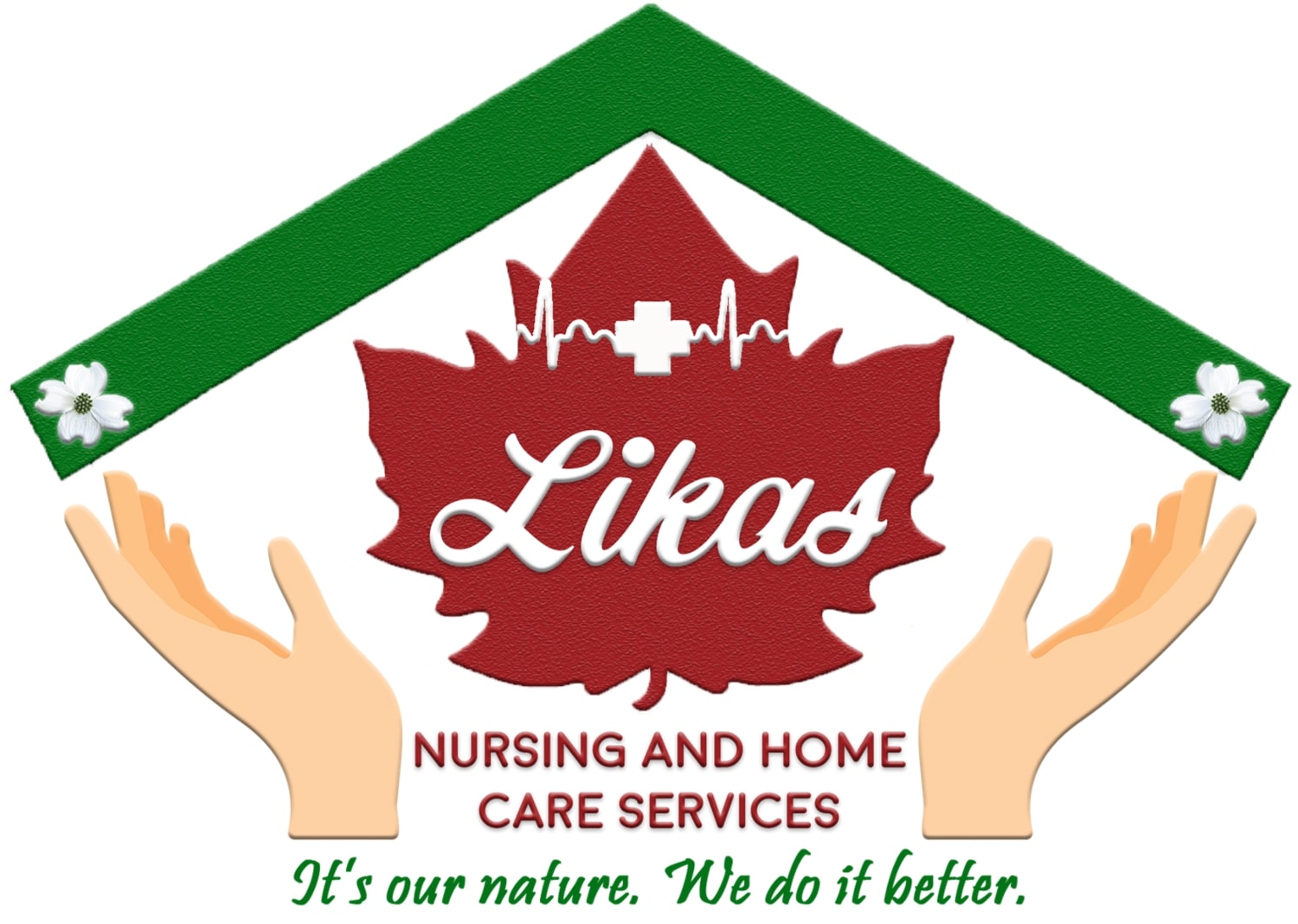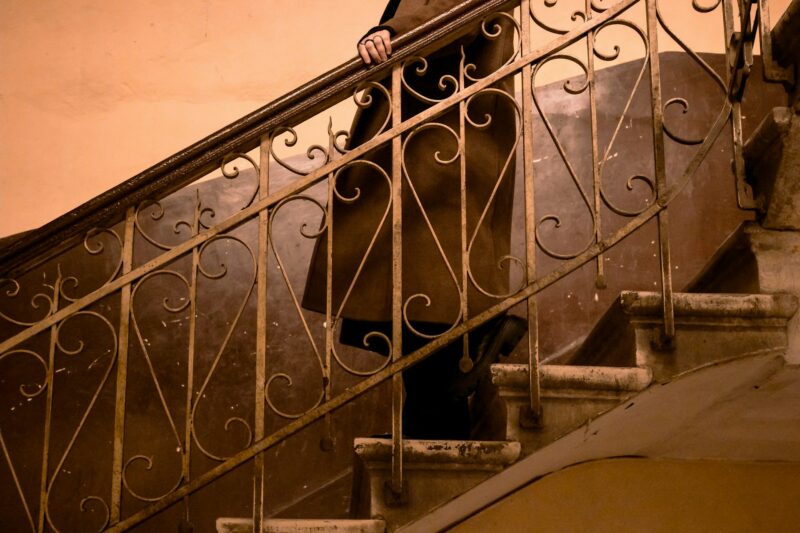
Blurry vision. Glasses don’t work anymore. Seeing halos and glares.
These are but a few of the vision-related complaints elderly people have. The eyes, like other organs in the body, tend to deteriorate with age.
One of the most common eye conditions in the elderly are cataracts. The most common type of cataracts are age-related, called senile cataracts. This happens when the lens in your eyes, which used to be clear, becomes cloudy due to the degradation and clumping of proteins. Over time, this cataract worsens, and you will require surgery and an artificial intraocular lens (IOL) in place.
How are cataracts diagnosed?
This condition is diagnosed upon a visit to your eye doctor, whether he or she is an optometrist or an ophthalmologist.
During your visit, you will be asked to read letters on a chart from a distance. Your eyes will be examined using a slit-lamp, so that the doctor can better see the details of your eyes. Here, he or she can see the extent, color, and location of the opacities in your lens. Drops will also be instilled in your eyes to dilate your pupils, enabling your doctor to examine your retina.
How can cataracts be prevented?
Most elderly people will develop cataracts over time. Genetics is a main determinant of how early you can get them. However, you can still do a few things to delay the development of cataracts.
Protect your eyes from the sun by wearing sunglasses and a brimmed hat.
Stop smoking.
Eat plenty of fruits and vegetables, especially dark, leafy greens.
Prior ocular surgery, ocular trauma, and other eye diseases can also predispose you to having cataracts earlier, so having a thorough eye examination every 1-2 years will catch these conditions earlier and can allow you better management.
How are cataracts treated?
Very mild cataracts can be managed conservatively. If you have mild symptoms, you may be advised to simply use brighter lights, have anti-glare eyewear, or use magnifying lenses for reading and other close-up work. Sometimes, a new prescription may improve your vision.
However, if your symptoms are affecting your activities of daily living, such as driving, surgery is warranted. During surgery, the doctor removes the cloudy lens and replaces it with an artificial one. Cataract surgery is considered very safe, with people recovering quickly after surgery and being able to see more clearly within the same day or two.
It may be difficult for you to adjust to these problems in vision, so do not be embarrassed to ask for help from your loved ones. Minor adjustments in your environment can help you maintain your independence. Prior to surgery, ensure that your home is proofed against falls. In addition, assistive devices for low vision can be temporarily used, such as large print reading material and devices (e.g. phones, calculators) with large buttons. Audiobooks may be another option if you have difficulty reading.
We can help
Our home health care staff at Likas Nursing can help you navigate these changes in your vision. We can accompany you to your doctor’s visits, give suggestions how to avoid falls in your home, support you emotionally, encourage you to enjoy your activities by doing them with you, and monitor your health before and after surgery.
Contact us via this form, via email at likasnhcare@gmail.com, or via phone at 778-772-8026 or 604-754-8781. We offer a free first consultation and can, in partnership with you, develop a care plan personalized for your needs.



